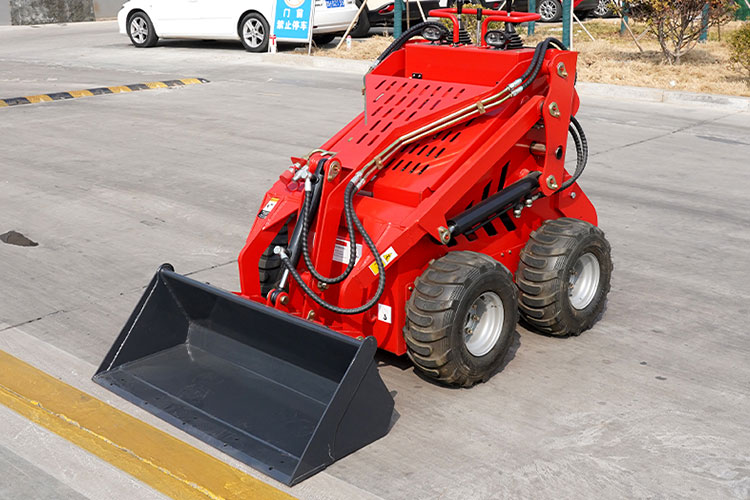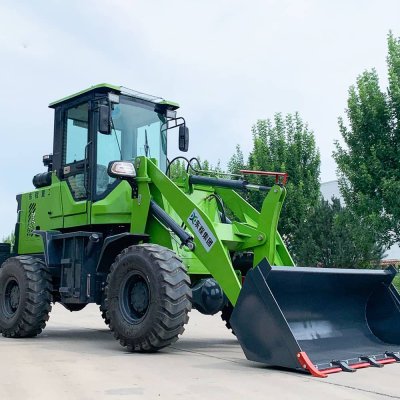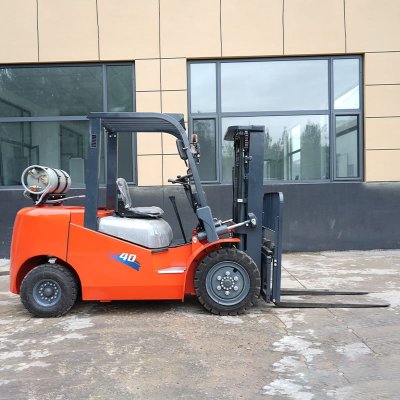Principles and Operating Techniques of Skid Steer Loaders
Skid steer loaders are versatile engineering machines widely used in construction, agriculture, and municipal engineering. Their core operational principle involves a hydraulic system driving four wheels, enabling flexible steering and efficient performance. The unique design of skid steer loaders allows them to maneuver easily in confined spaces, and they can be equipped with various attachments such as buckets, forklifts, and sweepers to meet diverse task requirements.
When operating a skid steer loader, mastering basic techniques is essential. Familiarity with the control panel and joystick functions is key. Skid steer loaders typically feature dual joysticks for controlling forward and reverse movements and attachment operations. Operators must also pay attention to the machine’s center of gravity to prevent tipping on slopes or unstable surfaces. Additionally, adjusting the bucket's angle and depth appropriately can enhance operational efficiency.
Safety is paramount when operating a skid steer loader. Operators should wear safety gear, including helmets and seat belts, and ensure no bystanders are near the machine. Before starting, check hydraulic fluid, fuel, and tire pressure. Regular maintenance and servicing are crucial for ensuring long-term, stable performance.
The flexibility of skid steer loaders makes them a preferred choice in many industries. By understanding their working principles and mastering operating techniques, operators can maximize their potential, improving efficiency and ensuring safe operations.





